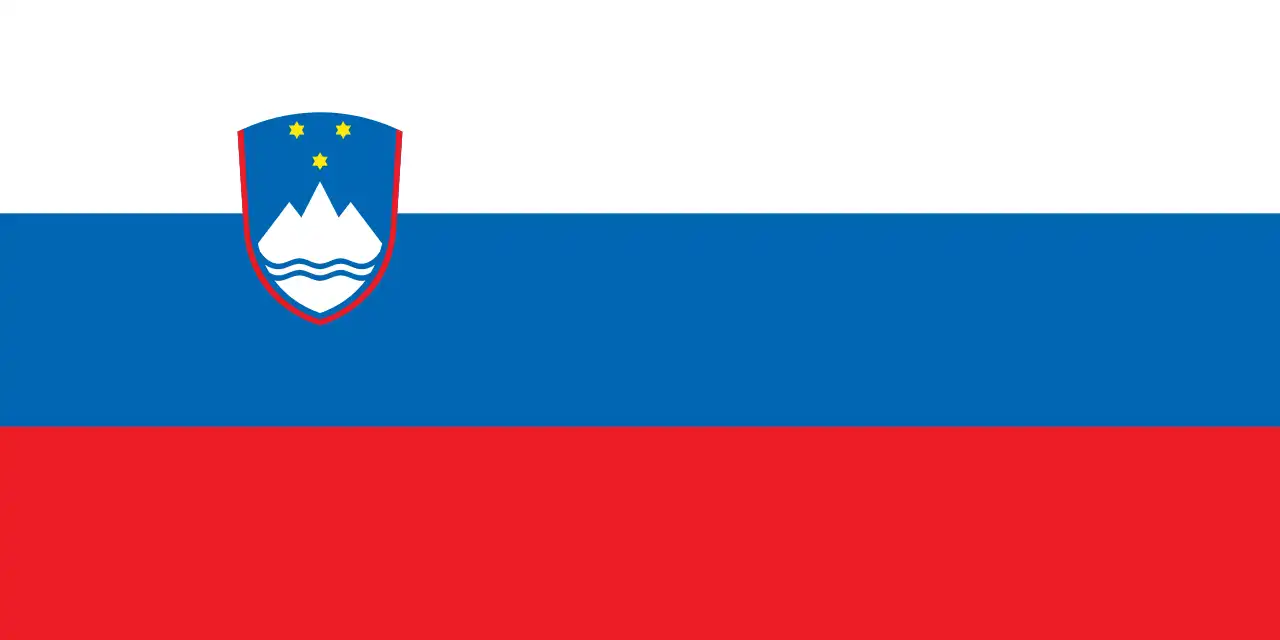Slovenia - statistical data
Slovenia is a small country located in Central Europe, bordered by Italy to the west, Austria to the north, Hungary to the northeast, and Croatia to the south. It has a diverse landscape, with the Alps in the north, the Dinaric Alps in the southwest, and the Pannonian Plain in the east. The country is also home to numerous rivers, including the Sava, Drava, and Mura.
With a population of approximately 2 million people, Slovenia has a relatively homogenous demographic composition, with the majority of the population being of Slovene ethnicity. The country has a high standard of living, with a well-developed healthcare system and education system. The capital city, Ljubljana, is the largest city in the country and serves as the economic and cultural center of Slovenia.
Land of Slovenia
Slovenia is a land of diverse landscapes and natural beauty. From the towering peaks of the Julian Alps to the crystal-clear waters of the Adriatic Sea, this country offers a wealth of natural wonders to explore. The rugged terrain of the Triglav National Park provides a habitat for a variety of plant and animal species, making it a paradise for nature lovers and outdoor enthusiasts.
In addition to its stunning natural scenery, Slovenia is also rich in cultural heritage. The country's capital, Ljubljana, is home to a wealth of historic architecture, including the iconic Ljubljana Castle and the ornate Triple Bridge. The charming towns and villages scattered throughout the countryside offer a glimpse into Slovenia's past, with traditional customs and festivals still celebrated to this day.
Whether you're seeking adventure in the great outdoors or looking to immerse yourself in the rich history and culture of the region, Slovenia has something to offer every traveler. With its unique blend of natural beauty and cultural heritage, this country truly is a land of endless discovery.
Climate of Slovenia
Slovenia experiences a temperate climate, characterized by warm summers and cold winters. The country is influenced by a combination of Mediterranean, Alpine, and continental climates due to its diverse topography. The coastal region in the southwest enjoys a Mediterranean climate with mild winters and hot summers, while the interior regions have more pronounced seasonal variations.
The average temperature in Slovenia varies depending on the region, with the coastal areas experiencing milder temperatures compared to the mountainous regions in the north. The country receives a moderate amount of rainfall throughout the year, with the highest precipitation levels occurring in the mountainous areas. The diverse climate of Slovenia makes it an ideal destination for a wide range of outdoor activities, from skiing in the winter to hiking and swimming in the summer.
Overall, the climate of Slovenia offers a pleasant environment for residents and visitors alike, with distinct seasonal changes that showcase the country's natural beauty. Whether exploring the lush green landscapes in the spring or enjoying the snowy peaks in the winter, Slovenia's climate provides a unique and captivating experience for all who visit.
Languages of Slovenia
Slovenia is a country known for its linguistic diversity, with several official languages spoken by its population. The most widely spoken language in Slovenia is Slovene, which is a South Slavic language and the only official language of the country. Slovene is characterized by its unique alphabet and grammar structure, making it distinct from other Slavic languages. In addition to Slovene, Hungarian and Italian are also official languages in certain regions of Slovenia, reflecting the country's historical and cultural ties to neighboring countries.
The linguistic landscape of Slovenia is further enriched by the presence of minority languages such as Croatian, Serbian, and Romani. These languages are spoken by various ethnic communities within the country and contribute to the rich tapestry of linguistic diversity in Slovenia. The government of Slovenia has made efforts to promote and preserve these minority languages, recognizing the importance of linguistic heritage in maintaining cultural identity. Overall, the languages of Slovenia play a significant role in shaping the country's cultural identity and reflecting its historical connections to neighboring regions.
Demographic trends
Slovenia, a small country in Central Europe, is experiencing significant demographic trends that are shaping its population dynamics. One of the key trends in Slovenia is the aging population, with a declining birth rate and increasing life expectancy. This demographic shift has important implications for the country's economy, healthcare system, and social welfare programs.
Another notable demographic trend in Slovenia is urbanization, with a growing number of people moving from rural areas to urban centers in search of better job opportunities and higher quality of life. This trend is leading to changes in the distribution of the population across the country, with urban areas experiencing population growth while rural areas are facing depopulation.
Overall, these demographic trends in Slovenia highlight the need for policymakers to address issues such as an aging population, urbanization, and regional disparities. By understanding and responding to these trends, Slovenia can better plan for the future and ensure sustainable development for all its citizens.
Slovenia interesting facts
Slovenia, a small but culturally rich country in Central Europe, boasts a fascinating array of interesting facts that showcase its unique heritage and natural beauty. One notable aspect of Slovenia is its diverse geography, which includes the stunning Julian Alps, pristine lakes such as Lake Bled and Lake Bohinj, and the picturesque coastline along the Adriatic Sea. This varied landscape provides a wealth of outdoor activities for visitors to enjoy, from hiking and skiing in the mountains to swimming and sunbathing on the beaches.
In addition to its natural wonders, Slovenia also has a rich cultural history that is evident in its charming medieval towns, traditional folk music and dance, and delicious cuisine. Slovenian culture is also influenced by its neighboring countries, including Italy, Austria, and Hungary, resulting in a unique blend of traditions and customs that make it a truly fascinating place to explore.
